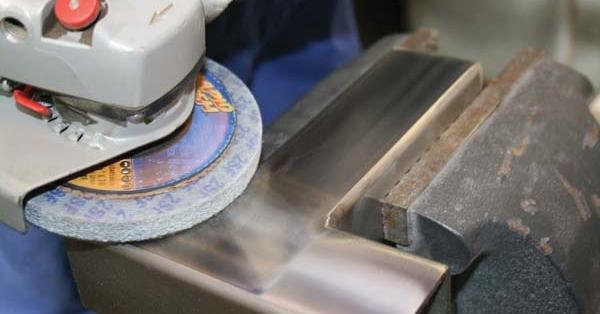Stainless steel sheets are well-known for their impressive durability, corrosion resistance, and eye-catching appearance. To fully capitalize on their potential, it’s crucial to understand the various finishing techniques that can be applied to these sheets. Techniques such as polishing, grinding, and more not only enhance the aesthetic appeal of stainless steel sheets but also significantly increase their functionality and longevity.
Polishing and Buffing
One of the most popular and efficient ways to improve the surface finish of stainless steel sheets is through polishing. This technique involves using abrasives and polishing compounds to create a smooth, shiny surface. Polishing not only enhances the look but also removes minor flaws, making the sheets simpler to clean and maintain. Buffing, a comparable process, uses a soft cloth wheel to achieve a high-gloss finish. Both approaches are widely employed in industries where aesthetics are crucial, such as in manufacturing high-end kitchen appliances and architectural components.
Grinding and Sanding
Grinding and sanding are essential techniques in stainless steel sheet finishing, especially when a matte or brushed finish is desired. Grinding involves the use of abrasive wheels or belts to remove material from the sheet’s surface systematically. This process results in a uniform matte finish, making it ideal for applications where glare reduction is crucial, such as in outdoor signage and decorative panels. Sanding, on the other hand, utilizes abrasive papers or pads to achieve a smooth and consistent surface texture. It is often employed in applications where a refined, satin-like finish is required, such as in the manufacturing of consumer electronics and automotive components.
Electropolishing
Electropolishing is a specialized electrochemical process that offers several advantages over traditional mechanical finishing methods. In this technique, the stainless steel sheet is immersed in an electrolyte bath and subjected to an electric current. This process selectively removes surface material, resulting in a microscopically smooth and passivated surface. Electropolishing not only enhances the aesthetic appeal but also improves corrosion resistance and facilitates easier cleaning. It finds extensive use in industries like pharmaceuticals, where the highest standards of hygiene are essential, and in manufacturing precision components for aerospace applications.
Pickling and Passivation
Pickling and passivation are essential processes for ensuring the corrosion resistance of stainless steel sheets. Pickling involves the removal of impurities and oxides from the surface of the sheet using a chemical solution, typically an acid. This process leaves the stainless steel surface clean and free from contaminants. Passivation, on the other hand, enhances the natural corrosion resistance of stainless steel by forming a protective oxide layer on the surface. These processes are particularly vital in applications where the stainless steel sheets are exposed to harsh environments, such as chemical processing plants and marine structures.
Nanocoatings and Surface Modification
One of the significant applications of nanotechnology in stainless steel sheet finishing is the development of advanced nanocoatings. These coatings, composed of nanoscale particles, create an ultra-thin protective layer on the surface of stainless steel sheets. Nanocoatings provide superior resistance against corrosion, scratches, and stains, significantly extending the lifespan of the sheets. Additionally, these coatings can be engineered to exhibit specific properties, such as self-cleaning capabilities, making them ideal for outdoor architectural elements and high-traffic public spaces.
Conclusion
Mastering stainless steel sheet finishing techniques is vital for achieving the desired aesthetic, functional, and durability characteristics in various applications. Whether it’s creating a mirror-like surface for architectural masterpieces or a matte finish for industrial equipment, each technique plays a significant role in shaping the final product. As technology continues to advance, these techniques are likely to evolve, offering even more innovative and efficient ways to finish stainless steel sheets, further expanding their diverse range of applications in the modern world.






